I recently stumbled upon hundreds of photos of rice farming that include just absolutely breathtaking scenery from around the world. Duyệt Trần Văn posted the above images from Vietnam on Pixabay. They depict terrace farming, which permits the cultivation of crops even against steep-sided mountains. The photos left me wondering about the historical development of rice cultivation. When and where did it start?
Rice is a staple food for more than half the people on Earth, who rely on the grain for at least 20% of their diet. Most of the rice we eat is of two major types, Japonica and Indica. The two grains differ in several ways. Japonica is short and oval-shaped, and tends to stick together when cooked. The rice in sushi rolls and other Japanese cuisine is Japonica, as is the rice used in Italian risotto. Sake and rice vinegar also utilize Japonica. Indica rice contains less amylose, an ingredient in starch, so the grains are less clingy. Well-known varieties like Basmati and Jasmine are Indica, which is the most popular rice for general cooking.
Hunter-gatherers of the lower Yangtze River Valley in eastern China domesticated rice at least 9,400 years ago. Archeologists know the date after detecting patterns on tiny bits of preserved rice leaves that imply ancient people had selectively bred the plants. Scientists debate what happened next, but it seems likely that the early crops developed into Japonica, which then became the source for Indica rice that emerged from the Ganges River Valley in northern India about 4,000 years ago. Scientists call this the “single origin” hypothesis because both varieties developed from a single wild ancestor.
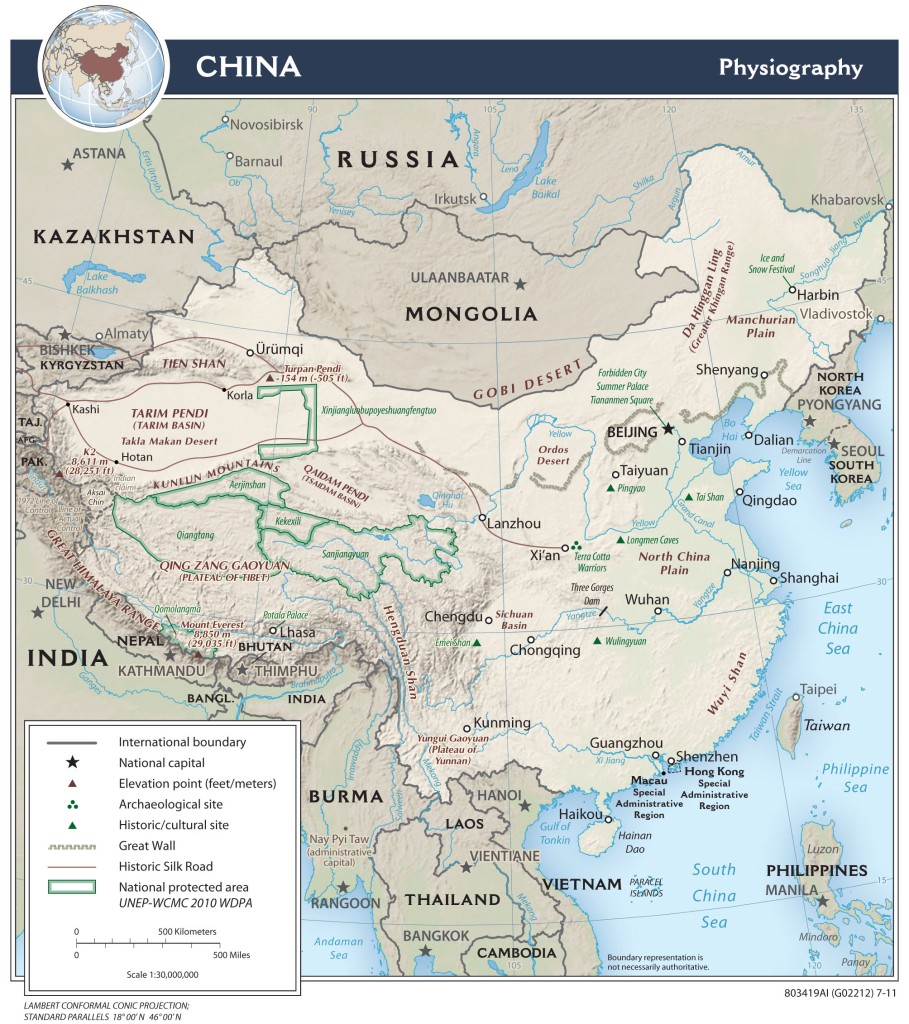
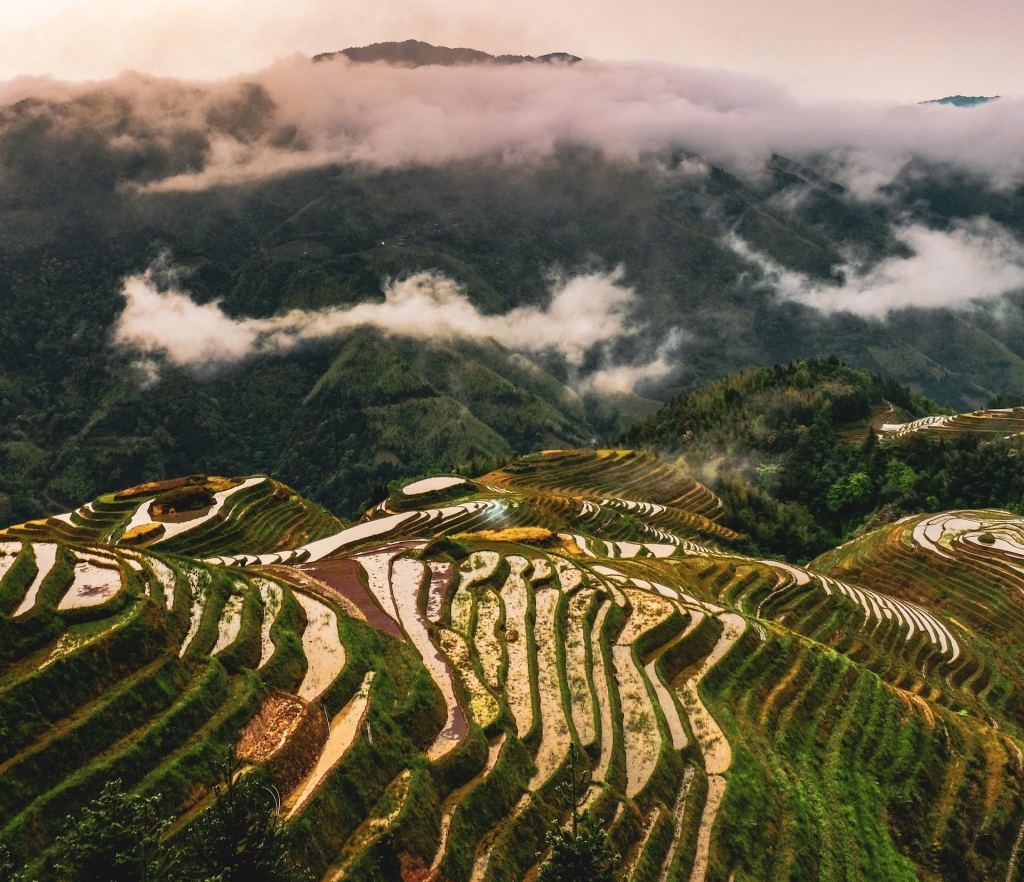

For the first 5,000 years of its existence, Japonica thrived in eastern China. About 4,200 years ago, drought and dramatic cooling affected the entire planet–the so-called “4.2k Event.” Japonica cultivation dipped precariously in eastern China over the next thousand years, but a strain better suited to lower temperatures ultimately emerged and spread to cooler regions in the south, southwest, and north, including to Korea (3,000 years ago) and Japan (2,400 years ago). The old Japonica survived, however, and over the next few thousand years traveled south with migrant farmers to warmer weather in Taiwan, Southeast Asia, Malaysia, the Philippines, and Indonesia.


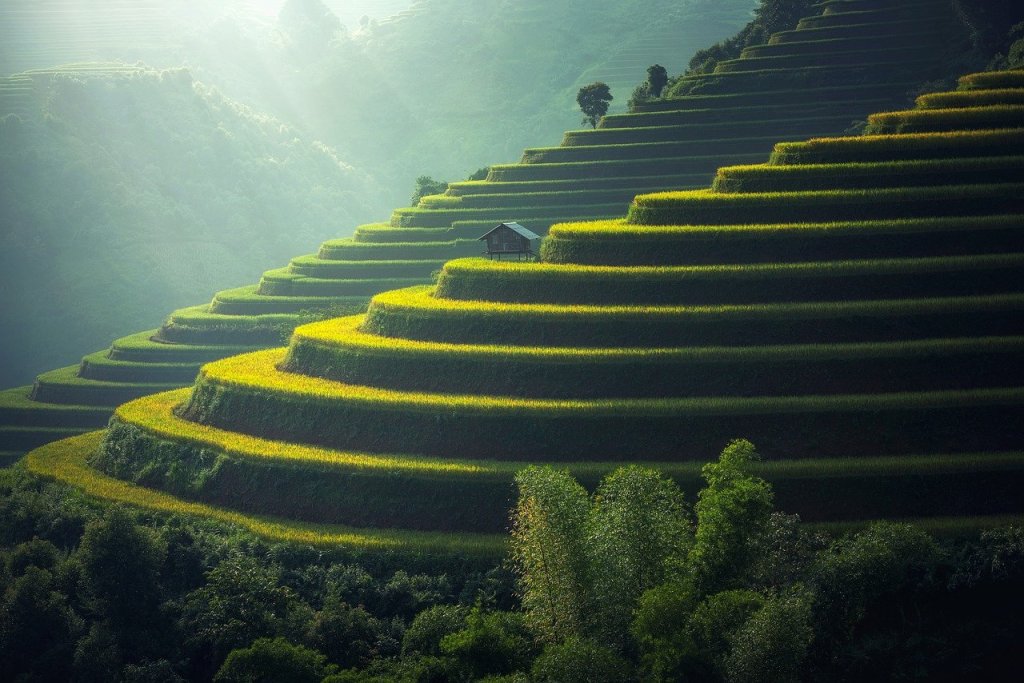

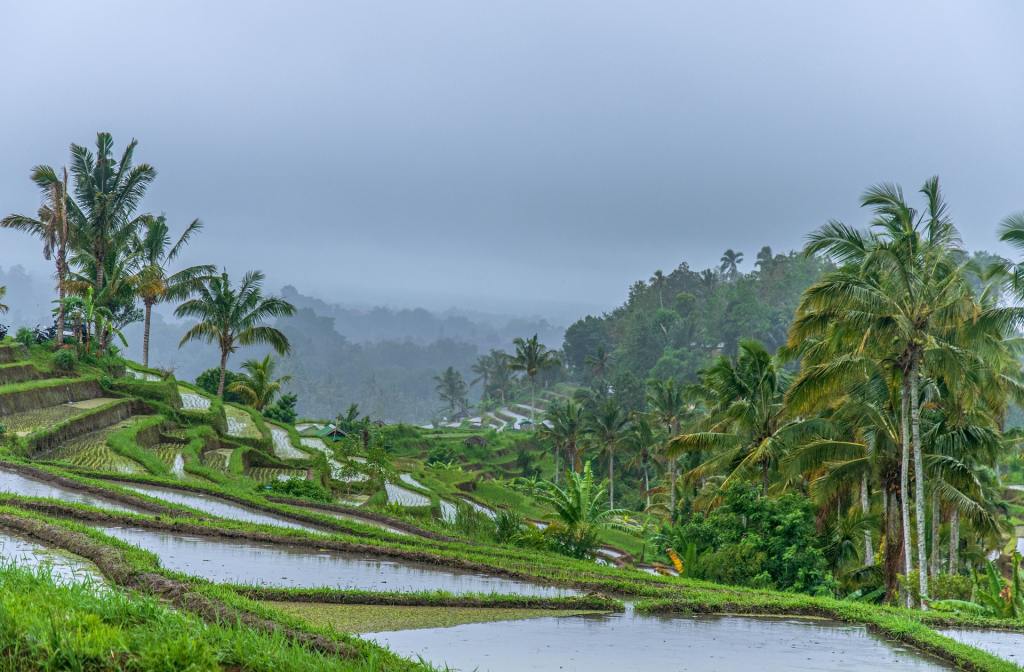
Farmers carrying Japonica entered India around 4,000 years ago. At that point, many scientists believe it spawned Indica, the other major subspecies of domestic rice. As mentioned earlier, other scientists believe Indica developed independently of Japonica, from wild rices native to India or Southeast Asia.
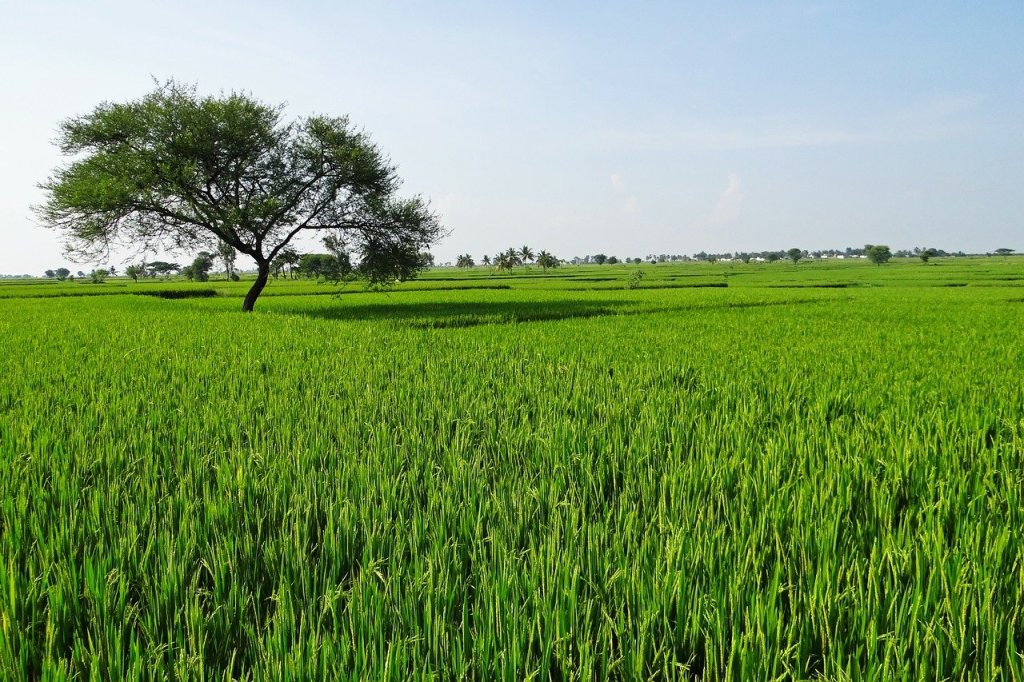
Soon after it appeared in India, rice moved westward toward the Indus River Valley (in modern Pakistan). From there rice may have traveled by land across the Iranian Plateau, or from the mouth of the Indus River across the sea, which presented a faster route to Arabia and western Africa. Evidence exists of rice consumption in Susa (see map below) around 2,000 years ago.

Rice emerged in Egypt soon after. Alexander the Great’s army encountered rice during the Greek general’s campaign in India 2,300 years ago, but it’s not apparent if they brought any back to Greece. Rice began to spread widely with Islamic expansion from Arabia starting about 1,400 years ago, landing in Sicily 1,200 years ago and in Spain the following century. Italy and France followed, then the Western Hemisphere during the age of exploration and conquest. Rice arrived in Mexico and Brazil in the early 1500s, then colonial South Carolina in the future United States in 1694.
Today, the bulk of rice production remains entrenched in China and India, which cultivate almost half the world’s total. Bangladesh, Vietnam, and Thailand round out the top five producers, who account for 72% of the world’s rice. Generally, farmers in tropical and subtropical areas at lower altitudes mostly grow Indica, while Japonica is favored in cooler temperatures further from the equator and at higher altitudes.
Works Cited
Bellwood, Peter. “The Checkered Prehistory of Rice Movement Southwards as a Domesticated Cereal—from the Yangzi to the Equator.” Rice 4, 93-103 (2011).
“Global Cooling Event 4,200 Years Ago Spurred Rice’s Evolution, Spread Across Asia.” New York University via Science News. 15 May 2020.
Gutaker, Rafal M. et al. “Genomic History and Ecology of the Geographic Spread of Rice.” Nature Plants 6: 492–502 (2020).
“List of Rice Cultivars (Varieties).” Wikipedia.
“Longsheng Rice Terraces.” China Discovery.
Molina, Jeanmaire et al. “Molecular Evidence For a Single Evolutionary Origin of Domesticated Rice.” PNAS. 2 May 2011.
Nesbitt, Mark; St. John Simpson; and Ingvar Svanberg. “History of Rice in Western and Central Asia.” ancientgrains.org.
“Rice.” Wikipedia.
“Rice Farming in India Much Older Than Thought, Used as ‘Summer Crop’ by Indus Civilisation.” University of Cambridge. 21 Nov 2016.
Shahbandeh, M. “Global Rice Consumption 2019/20, by Country.” Statista. 23 Mar 2020.
Spaeth, Sho. “Jasmine, Basmati, Sticky, and Beyond: The Serious Eats Guide to Rice.” Serious Eats. 28 Oct 2019.
Workman, Daniel. “Rice Exports by Country.” World’s Top Exports. 2019.
Zhang, Sarah. “Rice Was First Grown At Least 9,400 Years Ago.” The Atlantic. 29 May 2017.






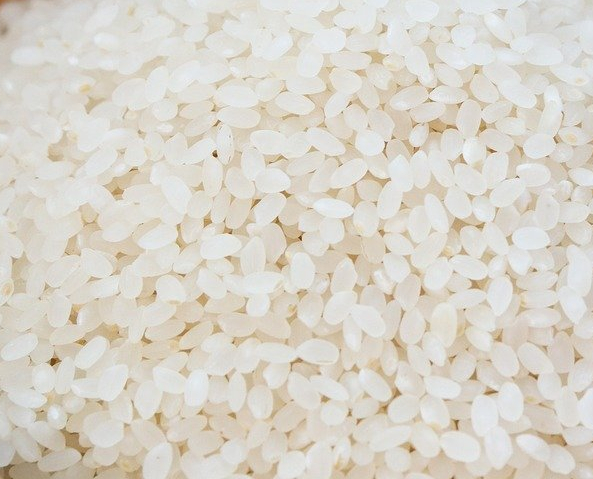
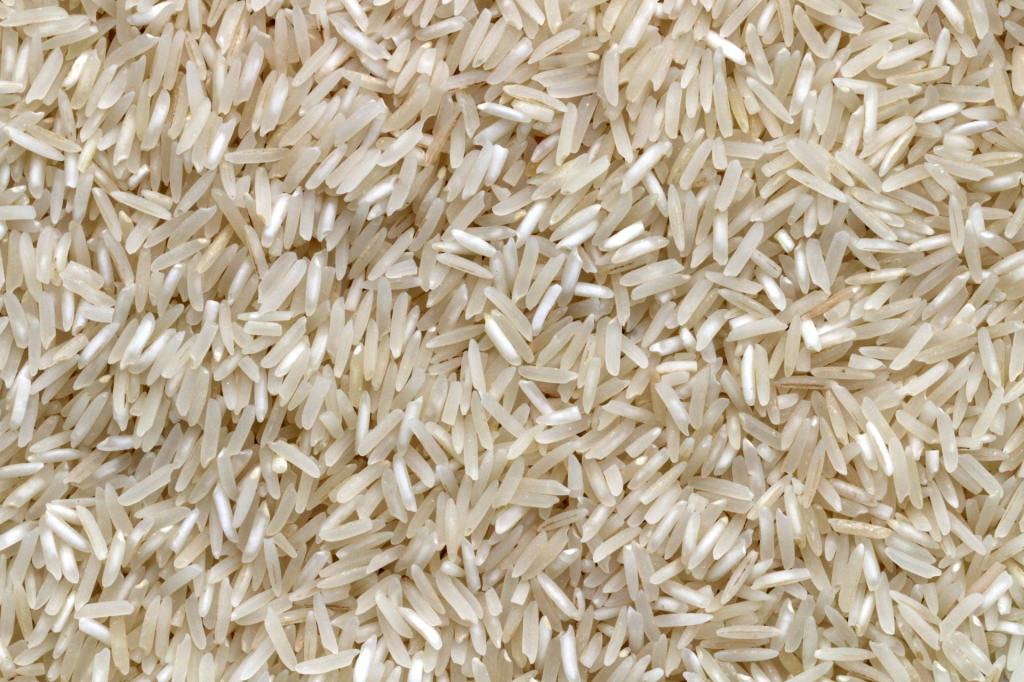
Beautiful photos! Very interesting!
LikeLike
Thanks!
LikeLike
Such an interesting blog! Love to learn everything explained clearly and factually.
Thank you.
Joanna
LikeLike
Thanks.
LikeLike
so interesting – I love origin stories
LikeLike
Thanks, Beth. I appreciate the feedback.
LikeLiked by 1 person